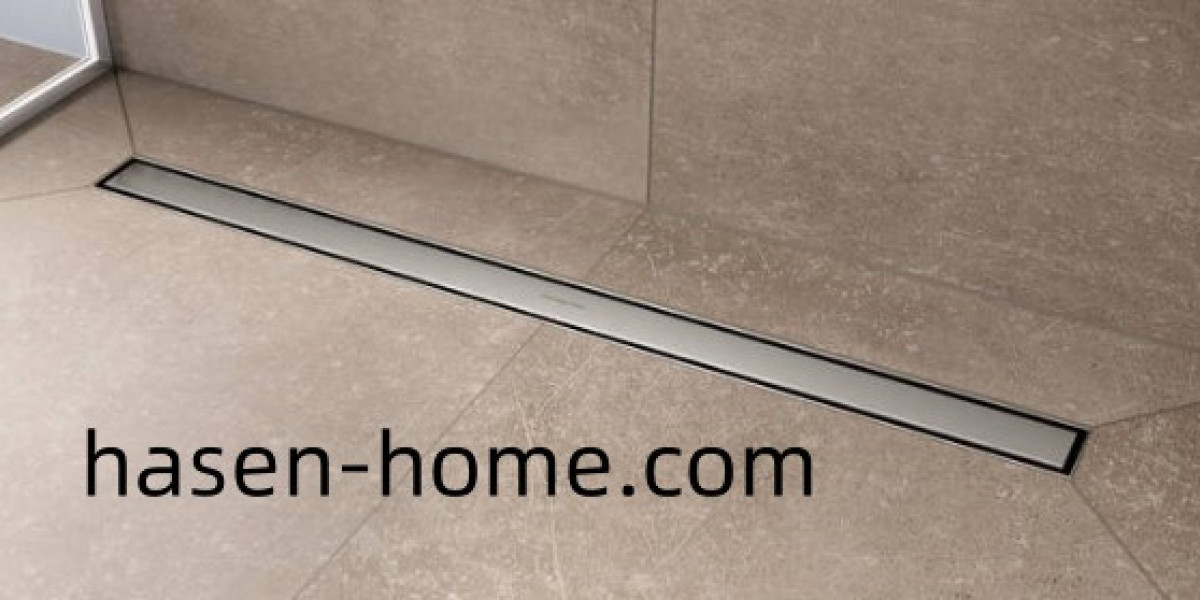In tailored garments and everyday apparel alike, Interlining provides the unseen reinforcement that determines drape, fit, and longevity; by choosing the right Interlining early in the design process, makers avoid costly rework and ensure consistent finished results. This article examines material choices, bonding methods, production implications, care guidance, and sustainability considerations so designers and manufacturers can make informed decisions that balance aesthetics, function, and lifecycle cost.
Matching Support to Fabric and Function
Selecting the correct internal layer begins with understanding how it will interact with the outer textile. Lightweight silks need soft, flexible support that preserves flow, while suiting fabrics often require firmer bodies to hold lapels and collars crisp. Considerations such as stitch density, seam bulk, and pressing behavior influence how layered assemblies behave under production stresses. Prototyping on small runs reveals whether the support complements the fabric’s hand and movement or introduces unwanted stiffness or dimpling.
Bonding Techniques and Production Flow
There are two broad approaches to attaching support layers: mechanical stitching and fusible bonding. Heat-activated bonding speeds assembly and reduces sewing time, but it requires precise control of press temperature, pressure, and dwell time to avoid surface shine or puckering. Non-fusible options demand more labor yet can produce a softer, more natural hand. Integrating chosen methods into a factory’s cycle — aligning machine capacity, operator training, and quality checkpoints — prevents bottlenecks and ensures repeatable results across batches.
Durability, Care, and Consumer Expectations
The inner layer plays a major role in how a garment performs in the wardrobe. Supports that retain adhesion through wash cycles and resist shrinkage prolong wearable life and reduce returns. Care instructions must reflect the component’s limits: recommending gentle laundering, low-heat ironing, or professional cleaning when appropriate protects the bond and the fabric. Clear labeling reduces customer confusion and demonstrates brand responsibility, while routine accelerated wash testing during development predicts long-term behavior and informs warranty policies.
Environmental Impact and Material Choices
Sustainable sourcing is increasingly important across the supply chain. Newer support materials include recycled fibers and bio-based polymers that offer competitive performance with lower environmental footprints. Low-temperature bonding adhesives reduce energy consumption during pressing, and optimized cutting plans minimize waste. Lifecycle thinking — evaluating materials on durability and recyclability, not only upfront cost — helps brands meet regulatory pressures and consumer demand for eco-conscious apparel without compromising quality.
Quality Control and Supplier Collaboration
Reliable outcomes depend on documented process parameters and strong supplier relationships. Standardizing press temperatures, dwell times, and handling procedures reduces variability. Regular peel and adhesion tests flag issues before full production runs are affected. Close collaboration with material suppliers accelerates problem solving: sharing technical fabrics and production details enables tailored supports that match specific garments. Maintaining traceable records of batches, test results, and supplier certifications simplifies audits and supports continuous improvement.
Design Considerations for Complex Garments
When garments incorporate multiple fabrics or delicate trims, strategic placement of support layers matters. Localized reinforcement — such as firmer bodies in collars and lighter backing in facings — balances structure with comfort. For stretch garments, select supports with compatible elongation to avoid restricting movement. Advances in laser-cutting and digital patterning permit precise placement that minimizes visible bulk and improves aesthetic outcomes, enabling designers to push creative boundaries while maintaining wearability.
Looking Ahead: Smart and Multifunctional Layers
Emerging materials are adding new capabilities: moisture-wicking cores, thermal regulation, and even conductive layers for wearable electronics. These multifunctional supports must maintain mechanical support while accommodating additional requirements like insulation or wiring pathways. Investment in research and pilot projects will be key for brands wanting to offer garments that combine traditional tailoring standards with modern functionality.
The unseen layer inside a garment determines its everyday performance and lifespan. Thoughtful material selection, controlled bonding processes, rigorous testing, and partnership with reliable suppliers turn this hidden element into a strategic advantage. For a comprehensive technical overview and application guide, visit https://www.interlining-factory.com/news/what-is-interlining-types-applications-and-more.html



